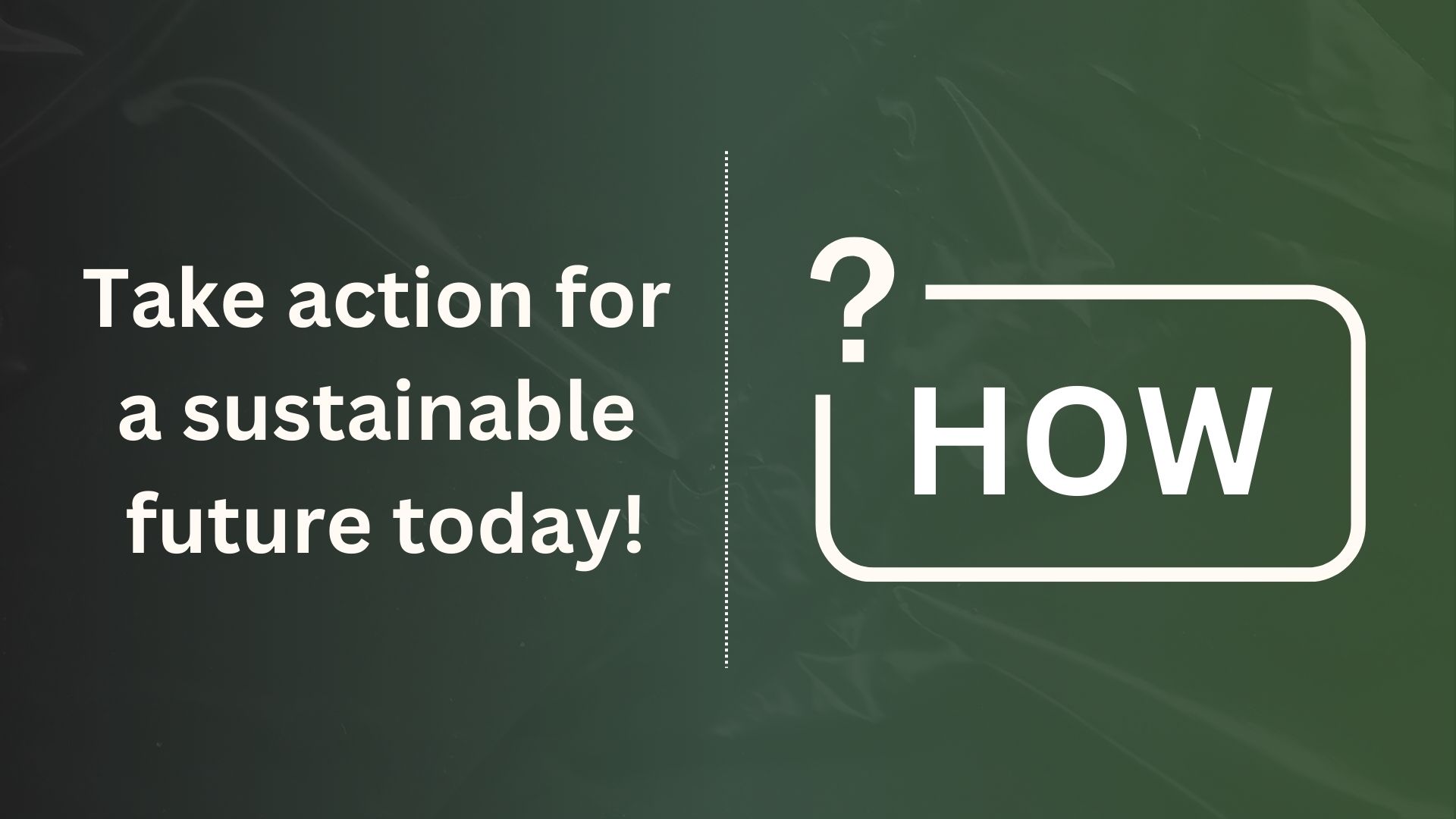How to Offset Carbon: 8-Step Practical Guide (2024)
Others

Understanding and addressing carbon emissions is more critical than ever. Whether you're an individual aiming to reduce your carbon footprint or a business pursuing sustainability, this guide provides actionable steps to neutralize emissions effectively.
1. Understanding Your Carbon Footprint
A carbon footprint represents the total greenhouse gas (GHG) emissions generated by your activities, measured in carbon dioxide equivalents (CO₂e). This metric spans transportation, energy consumption, food choices, and more.
Why It Matters
Carbon emissions drive global warming, leading to severe consequences like reduced crop yields, rising sea levels, and biodiversity loss. By understanding and managing your footprint, you contribute to a sustainable future.
Common Emission Sources
- Transportation: Emissions from cars, airplanes, and public transit.
- Energy Use: Home heating, cooling, and electricity consumption.
- Food Choices: High emissions from meat and dairy production.
- Waste Management: Methane emissions from landfills.
📌 Learn more -> HERE
2. Calculating Emissions
Accurately calculating emissions is essential for building a solid offset strategy.
Tools and Methods
Fairatmos provides calculators and tools through the AtmosOffset package, tailored for both individuals and businesses. These resources simplify the step-by-step process of identifying and quantifying your emissions.
Key Steps
- For Individuals: Focus on daily activities such as transportation, energy use, and diet.
- For Businesses: Analyze operational emissions, including supply chains, through methods like Life Cycle Analysis (LCA).
📌 Start offsetting with AtmosOffset -> HERE
3. Reduction Methods
Effective carbon reduction begins with lifestyle and operational changes before moving to offsets.
Energy Efficiency Tips
- Home: Upgrade to LED lighting and energy-efficient appliances.
- Transportation: Use public transit, carpool, or switch to electric vehicles (EVs).
- Business: Implement energy-saving technologies across operations.
Conservation Practices
- Water Use: Turn off taps when not in use.
- Waste Reduction: Embrace the "reduce, reuse, recycle" model.
Sustainable Alternatives
- Diet: Shift to plant-based meals.
- Energy: Transition to renewable sources like solar or wind power.
4. Choosing Offset Projects
Offsetting doesn’t mean only reducing emissions instantly but also can be done by investing in projects that capture or prevent the release of GHGs.
Types of Projects
- Afforestation/Reforestation: Restoring forests to absorb CO₂.
- Renewable Energy: Supporting wind, solar, or hydropower projects.
- Community-Based Projects: Empowering local livelihoods while conserving the environment.
5. Implementation Steps
Now is the time to take action against climate change—reduce or offset your emissions today. If not now, when? Together, let’s secure a sustainable future for generations to come.
Take Action with Fairatmos
- Purchase Offsets: Invest in certified carbon credits through our AtmosOffset package.
- Maintain Efforts: Regularly review and optimize your strategy. Kickstart your carbon project by exploring AtmosCheck to assess eligibility.
- Monitor Progress: Ensure transparency and real impact by tracking your project with AtmosWatch.
Join Fairatmos in making a meaningful difference for the planet! Visit our website to know more
📩 Contact us if you have any questions!
References:
https://footprint.wwf.org.uk/
https://www.mdpi.com/2071-1050/11/15/4110
https://www.mdpi.com/2071-1050/14/8/4792
https://www.spglobal.com/commodityinsights/en/market-insights/blogs/energy-transition/061021-voluntary-carbon-markets-pricing-participants-trading-corsia-credits
https://www.epa.gov/ghgemissions/overview-greenhouse-gases
https://www.epa.gov/ghgemissions/understanding-global-warming-potentials

